
Can You Take a Mobility Scooter on a Plane: Travel Guide
If you use a mobility scooter, you may wonder, can you take a mobility scooter on a plane? Many people rely on their scooters to travel independently, and flying to new places shouldn’t be out of reach.
Most airlines permit passengers to bring their mobility scooters on board, provided they meet the airline's guidelines for battery capacity and size. Understanding these rules ahead of time makes your trip smoother and more enjoyable.
This guide covers everything you need to know about airline policies how to prepare, and provides helpful tips to ensure a confident flying experience with your scooter.
Can You Take a Mobility Scooter on a Plane? Airline Rules Explained
If you are wondering, “Can you take a mobility scooter on a plane,” the answer is yes. Most major airlines accommodate mobility scooters.
However, several rules must be followed to make sure your device can travel with you safely and legally.
Yes, You Can Take a Mobility Scooter on a Plane!
Most airlines do allow passengers to bring mobility scooters on a plane if needed for daily activities. These accommodations are protected under disability rights, such as the Air Carrier Access Act in the U.S.
Important details to know:
- You are not charged extra to bring your mobility scooter, as this is considered an assistive device.
- Scooters are usually transported in the cargo hold, not in the passenger cabin.
- You can ride your scooter to the gate, where staff will assist in storing it for the flight.
- Airline staff help return your scooter to you immediately after landing, so you can use it around the airport right away.
- Airlines must treat your scooter with care and cannot refuse transport solely based on your disability.
Airline policies may vary, but the law is on your side when you need to use your scooter for mobility.
Key Airline Requirements for Mobility Scooters
Airlines have set rules about which scooters they can accept. The most important factors are usually the size, weight, and battery type.
⟶ Size/Weight Limits:
- Most airlines require scooters to fit through cargo doors and not exceed their weight limits.
- Typical size limits range from about 32 to 40 inches (height/length), but you should check your airline’s exact guidelines.
⟶ Battery Types:
- Scooters with lithium-ion batteries must follow airline and FAA safety rules.
-
Battery limits are often:
- up to 300 Wh for the main battery, plus one spare up to 300 Wh, or two spares up to 160 Wh each.
- Sealed lead-acid and gel batteries are usually permitted if they are disconnected and properly contained.
All batteries should be securely attached to the scooter or carried in the cabin, as instructed by airline staff.
Following these requirements is key to making sure your scooter and its battery are accepted for travel.
Notify the Airline Ahead of Time
Always inform your airline that you plan to fly with a mobility scooter. It is best to do this at least 48 to 72 hours before your flight.
When you contact the airline, provide:
- Scooter size and weight
- Battery type and watt-hour rating
- If the scooter can be folded or needs to be stored upright
This allows the airline to make any necessary arrangements and be prepared to assist you at check-in, boarding, and arrival.
Airlines may also have forms for you to fill out or special instructions on when and how to check your scooter. Giving advance notice lowers the risk of any issues at the airport.
📌 Also Read: Electric Scooter vs Electric Bike: Which is Right for You?
Can You Take a Mobility Scooter on a Plane Safely and Hassle-Free?
You can take a mobility scooter on a plane by following a few important steps. Knowing what to expect and preparing ahead will help you avoid problems and make your travel experience smoother.
Check Your Scooter's Battery Type
The type of battery in your mobility scooter is important when flying. Airlines have clear rules regarding batteries due to safety requirements. Most mobility scooters use either lithium, sealed lead-acid (SLA), or gel batteries.
⟶ Lithium batteries:
- Must usually be removable.
- You often need to carry the battery in the cabin with your hand luggage.
- Each battery usually cannot exceed 300 watt-hours (Wh).
- Some airlines allow two spare batteries, but check the rules first.
⟶ SLA and Gel batteries:
- Generally accepted for check-in because they are less risky.
- Most can stay connected to your scooter during the flight.
- Always check with your airline to make sure your battery type is allowed.
If you are unsure about your battery, refer to the specifications in your scooter’s manual or contact your supplier for further information.
Please notify your airline of your battery type at least 48 hours prior to your flight.
Prepare Your Mobility Scooter for Air Travel
Getting your mobility scooter ready can prevent delays and damage. Start preparing a day or two before your trip. This will give you time to fix any problems and reduce last-minute stress.
Key steps include:
- Clean your scooter to remove dirt or debris.
- Remove or secure any loose accessories or parts (baskets, mirrors).
- If your battery must be removed, disconnect it and store it properly in a protective bag.
- Fold or disassemble your scooter as much as possible to make it easier to handle.
- Keep your charger, manual, and any tools in your carry-on bag.
Label your scooter with your name and contact information. Confirm with the airline how your scooter will be transported to avoid surprise fees or procedures.
Arrive Early at the Airport
Arriving at the airport early gives you more time to check in and get all the help you need. Airlines recommend arriving at least two hours before domestic flights and three hours before international flights if you are traveling with a mobility scooter.
- Go directly to the check-in counter and tell staff about your scooter.
- Most airlines allow you to use your scooter right up to the gate.
- At the gate, staff may ask you to transfer to an airport wheelchair and will tag and check your scooter as special baggage.
- Allow extra time for security screening, as your scooter may require inspection.
If you need help navigating the airport or boarding, please request mobility assistance in advance of your travel date.
Airlines can often arrange help, but it’s best to book at least 48 hours in advance. Being early helps avoid stress and allows time for any unexpected needs that may arise.
📌 Also Read: How to Put a Seat on an Electric Scooter: Step-by-Step Guide
Tips for Traveling Comfortably with Your Mobility Scooter
Traveling with a mobility scooter requires a few extra steps to ensure a smooth journey. Knowing airline policies, bringing the correct documents, and checking local accessibility can help avoid problems when flying.
Know Your Airline’s Specific Mobility Device Policy
Each airline has its own rules for bringing a mobility scooter. Some may ask about your scooter's size, battery type, and weight.
Others have forms or advance notice requirements. It's essential to review these details before booking.
Here are quick links to major airline mobility device policies:
Please inform your airline about your scooter during booking or as soon as possible. Be prepared with information such as the scooter’s make, model, and battery details. Airlines typically transport mobility scooters at no additional cost, but some may have restrictions on the type of battery or storage requirements.
If your scooter has a lithium-ion battery, check for any airline or country-specific limits. Folding scooters may be easier to store but sometimes need to travel as checked baggage.
Bring Essential Documentation
Bring a few key documents for a hassle-free travel day. You may need to show these at check-in or if airport staff have questions.
Consider packing:
- Battery datasheet/spec sheet: Airlines need to know your battery type and watt-hours (usually found in the user manual).
- User manual: Staff may need it to operate or store your scooter correctly.
- Doctor’s note: Not always needed, but it can help explain why you use a scooter or if you require specific accommodations.
Keep these documents in a folder or digital device where they’re easy to find. You may be asked to remove the battery, so having the instructions on hand is useful. Take photos of your scooter before travel, in case you need proof of its condition.
Plan for Destination Accessibility
Check the accessibility of your destination before you arrive. Not all hotels, public transport, or attractions are scooter-friendly. Research ahead of time to avoid surprises.
Here’s how you can prepare:
- Find hotels with step-free access, wide doorways, and elevators.
- Contact public transit services to ask about ramps and space for scooters.
- Research accessible attractions or museums online to determine if they permit the use of mobility scooters.
- Map out accessible routes to avoid stairs, steep slopes, or cobblestone paths.
Some cities offer guides or apps for accessible travel. Ask your hotel or tour guide for tips if you’re unsure. Planning makes it easier to enjoy your trip.
📌 Also Read: Mobility Scooter vs. Electric Wheelchair: Comparison Guide
Conclusion
Traveling with a mobility scooter is possible with the proper preparation. Check airline policies, ensure your scooter meets size and battery requirements, and notify the airline in advance. With proper planning, you can enjoy a smooth journey without sacrificing your independence.
Are you looking for a reliable mobility scooter or other electric rides? Explore Isinwheel’s top collections for high-quality options that fit your lifestyle:
Shop Electric Scooters
Browse E-Bikes
Find Mobility Scooters
Safe travels and happy riding!
FAQs About Can You Take a Mobility Scooter on a Plane
Airlines usually allow you to bring your mobility scooter at no extra charge, but there are some rules you need to follow. Size, battery type, and handling in case of damage are important to know before you fly.
What size mobility scooter can you take on a plane?
Most airlines accept compact or foldable scooters that fit in the cargo hold. You may need to provide size and weight details before your flight. Scooters that are too large or heavy might not be allowed.
How much does it cost to take a mobility scooter on an airplane?
Airlines typically carry mobility scooters free of charge for passengers with disabilities. The scooter is not counted as regular luggage, so you should not have to pay extra fees for it.
Will my mobility scooter be counted as luggage?
Mobility scooters are considered assistive devices, not checked baggage. This means they are not included in your luggage allowance. You can bring your necessary mobility equipment without losing any of your usual baggage limits.
Do I have to remove the battery from my mobility scooter when flying?
Most airlines require you to remove the battery if it is lithium-based. Dry cell and gel batteries may be able to stay attached, but each airline has its own rules. Always check the type of battery and talk to the airline before you travel.
What if my mobility scooter is damaged during the flight?
If your scooter is damaged during handling or transport, report it to the airline staff right away. Take photos and keep documentation of the damage. Airlines are usually responsible for repair or replacement if your scooter is damaged while flying.
The Latest Posts
Explore isinwheel products
City E Scooter | Off-Road Scooter
Fastest Scooter | Kids Scooters
Mobility Scooter ·






























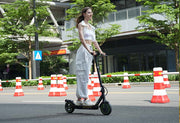
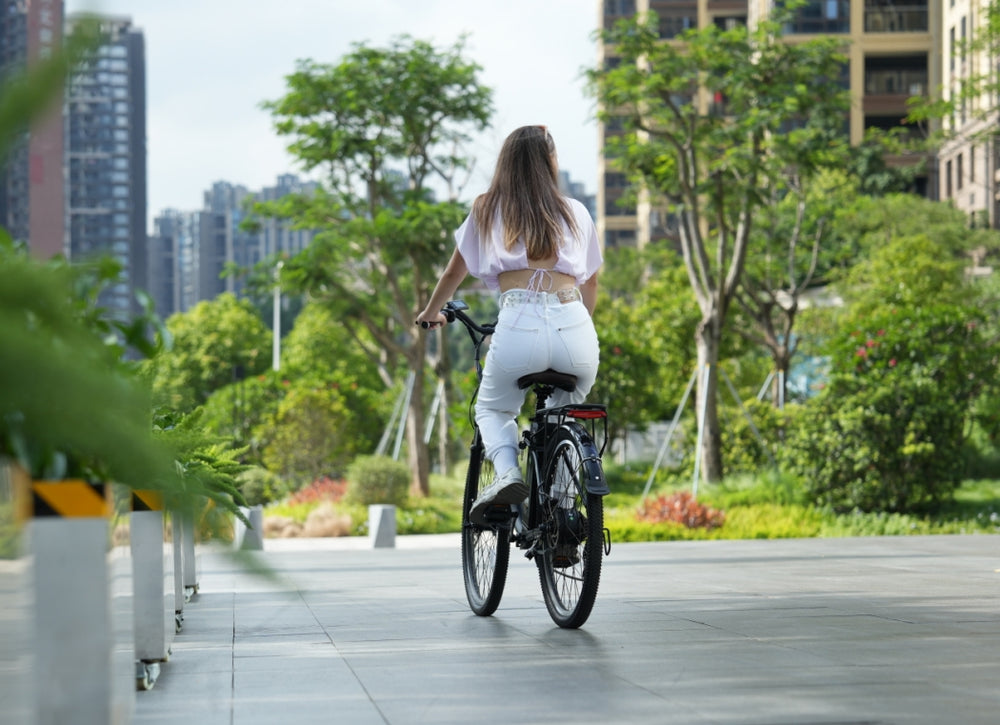
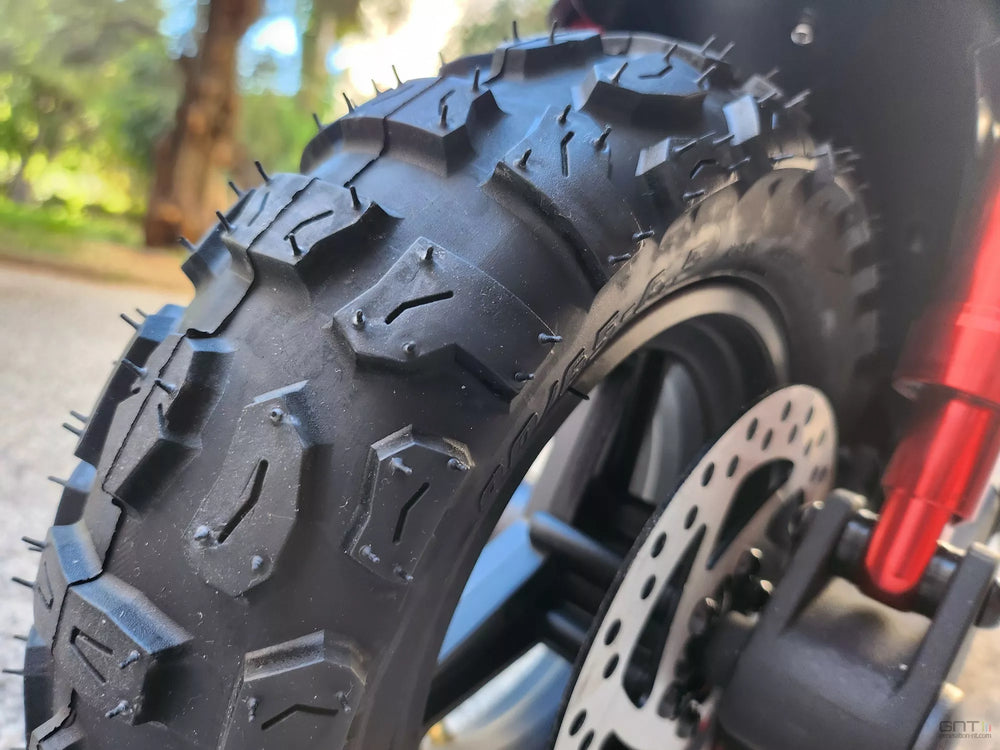
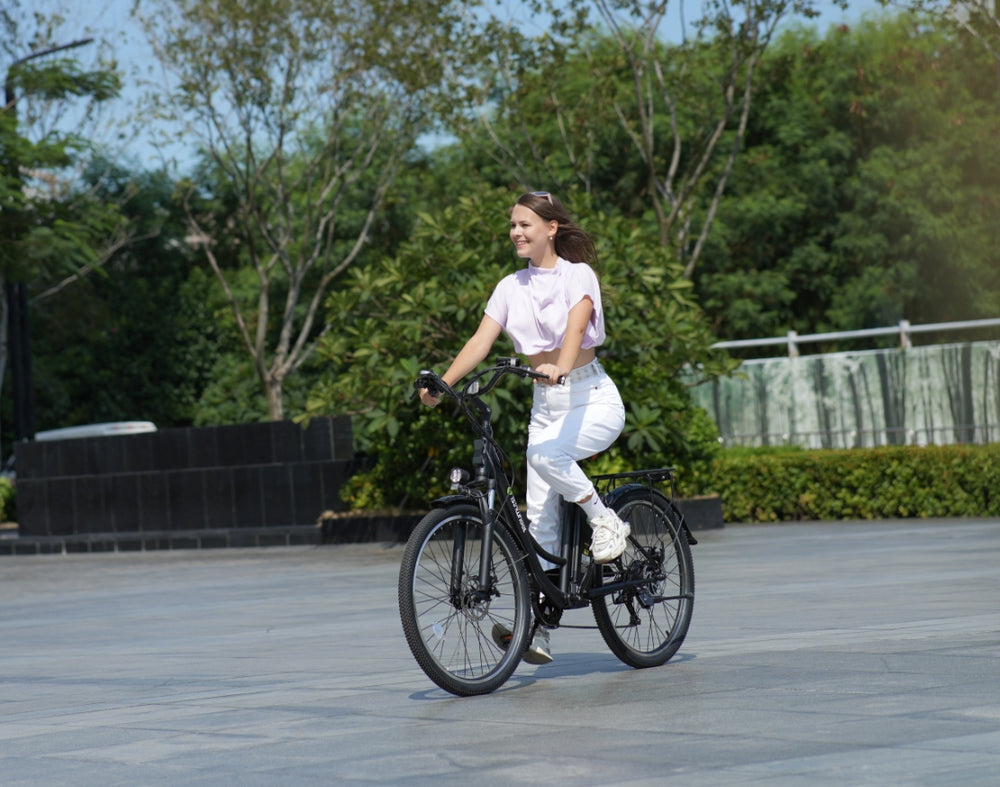
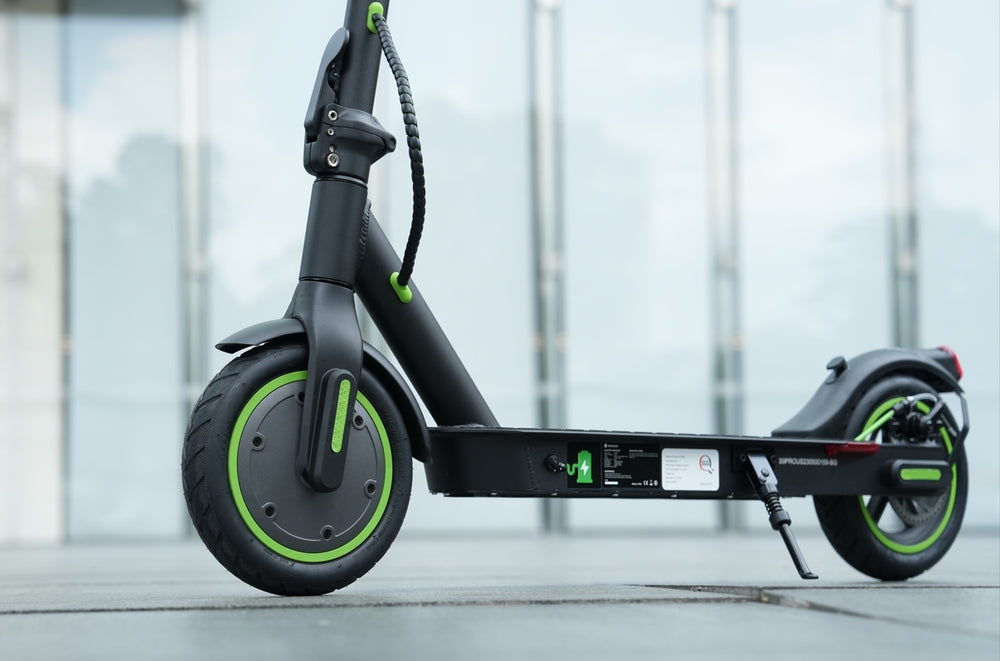
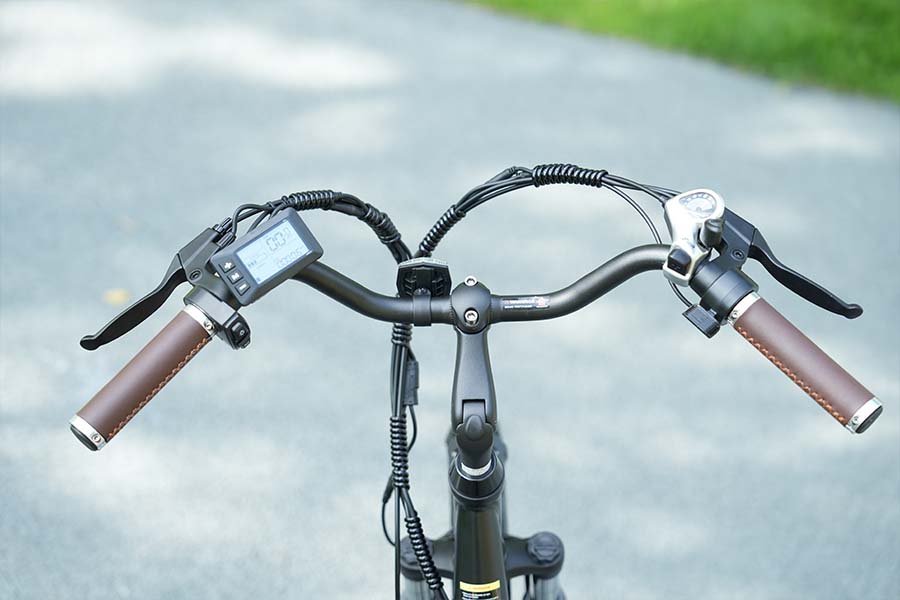
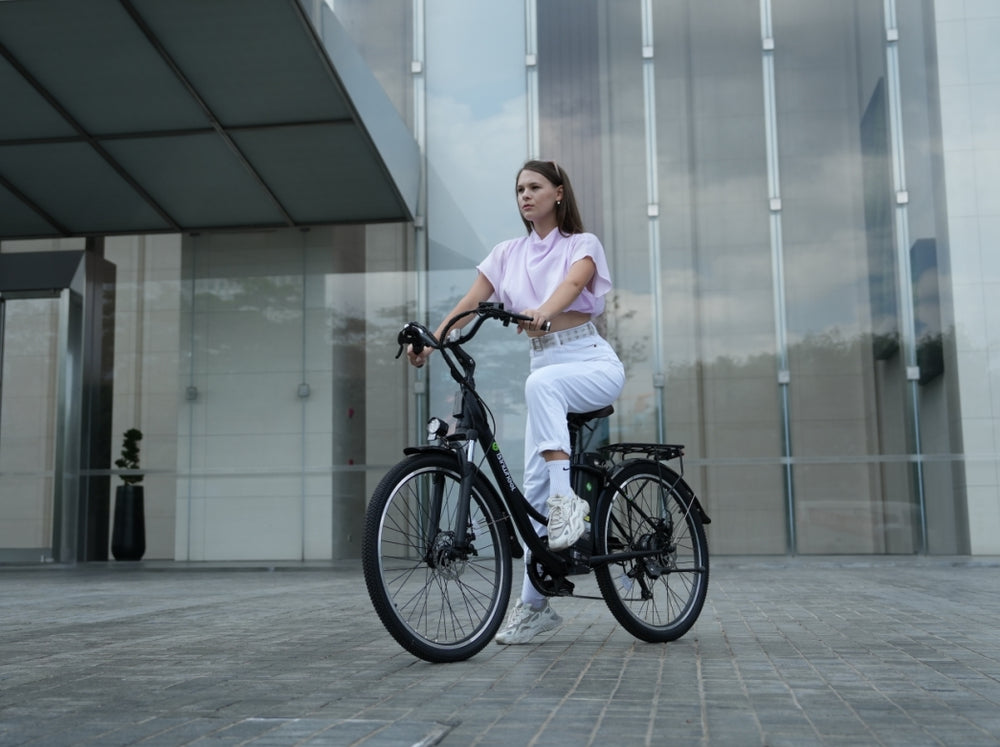
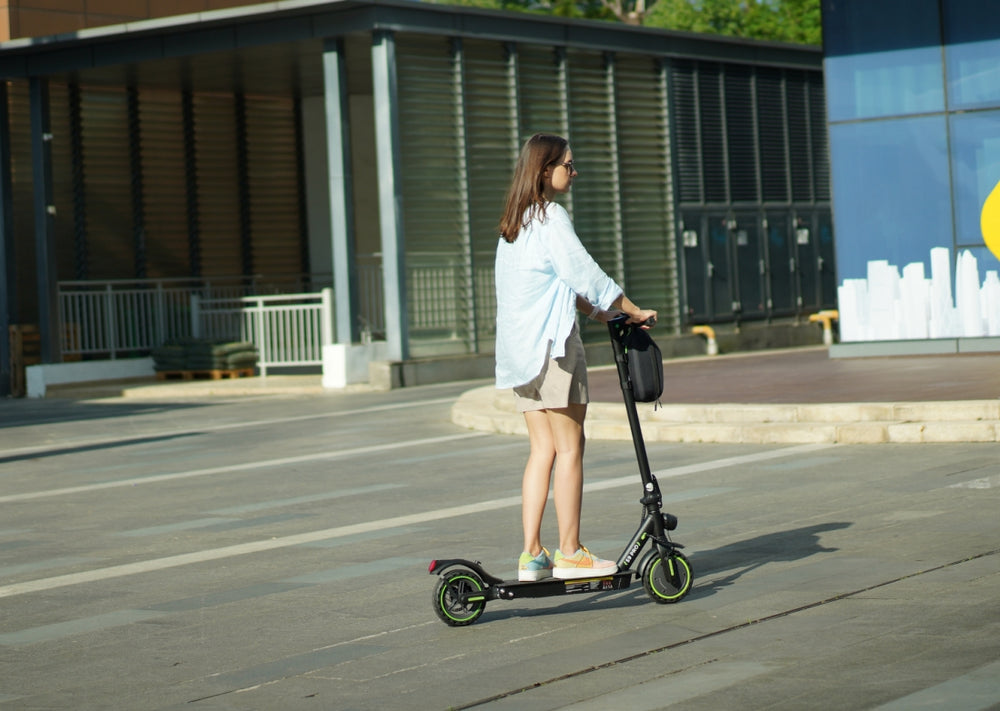
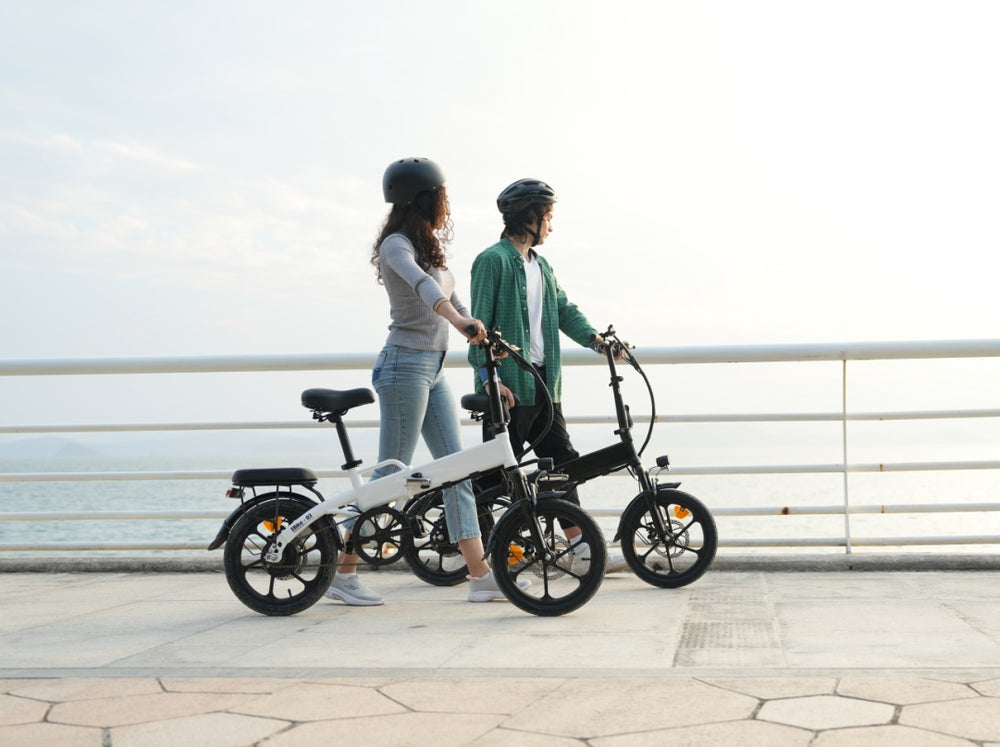
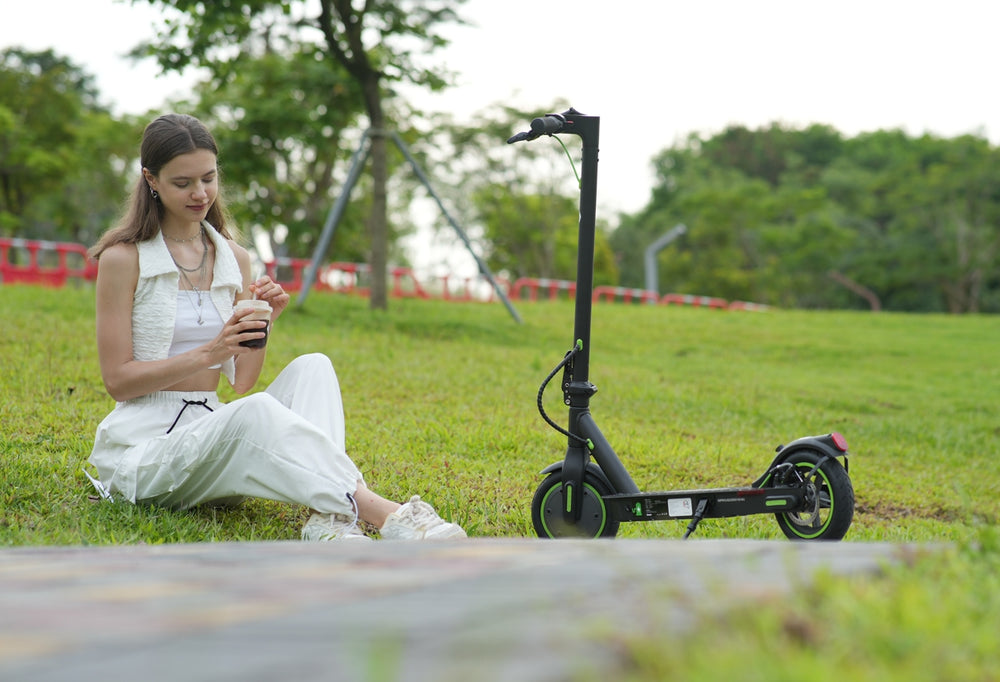
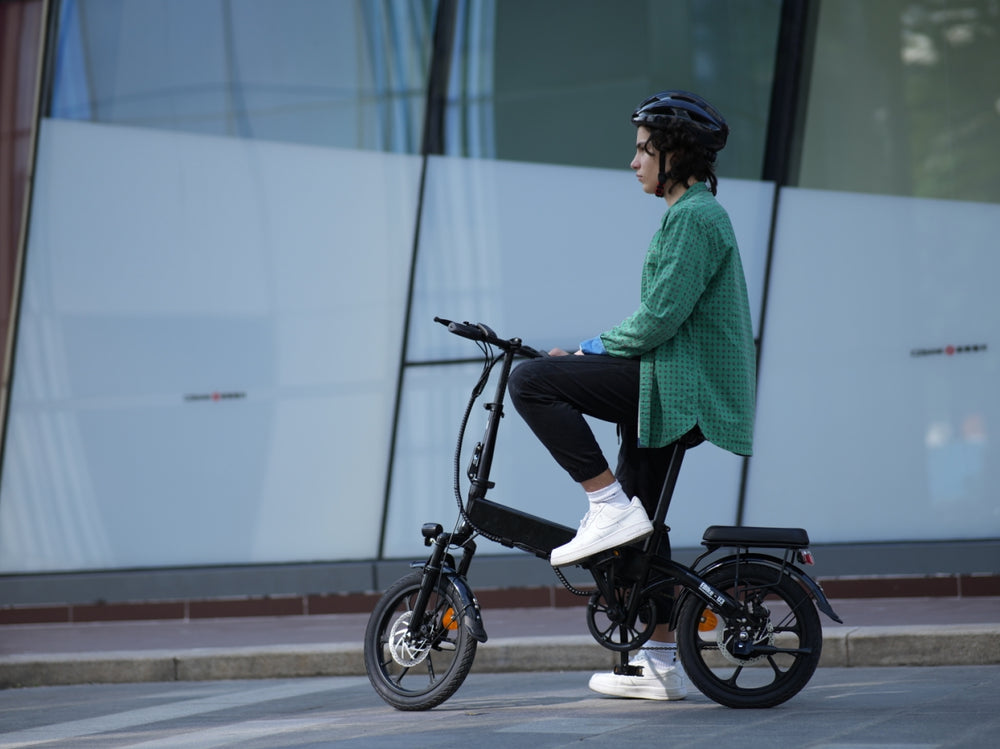
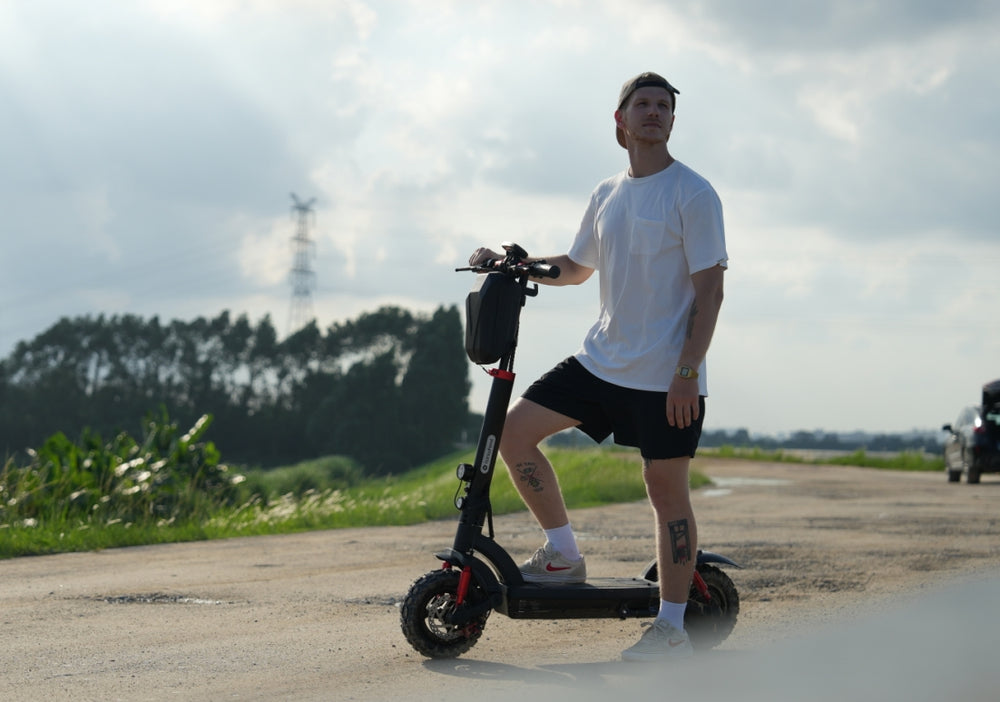
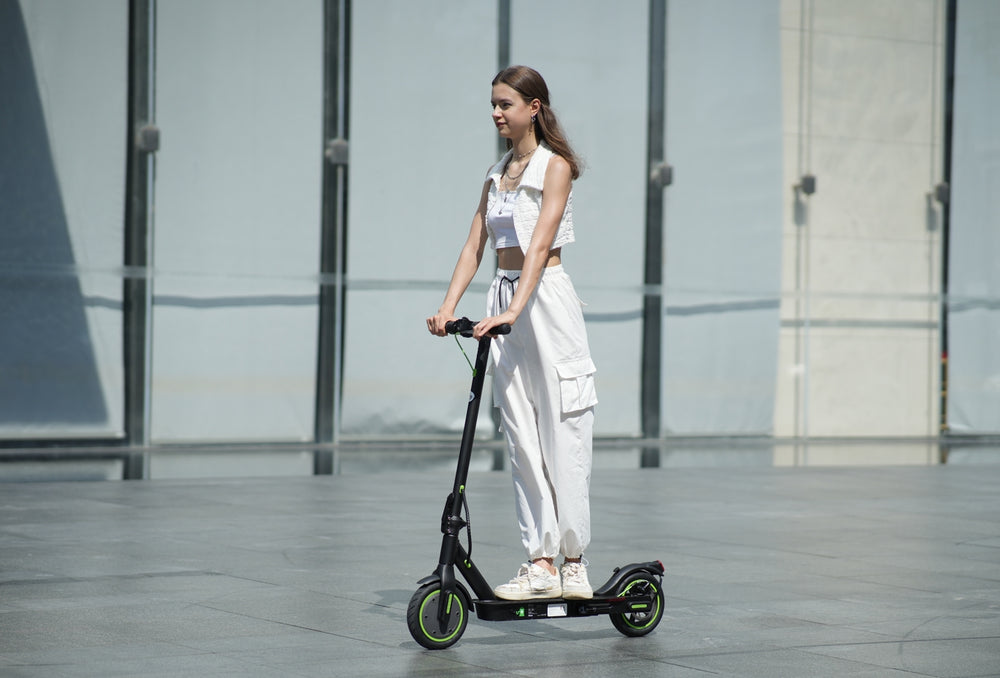
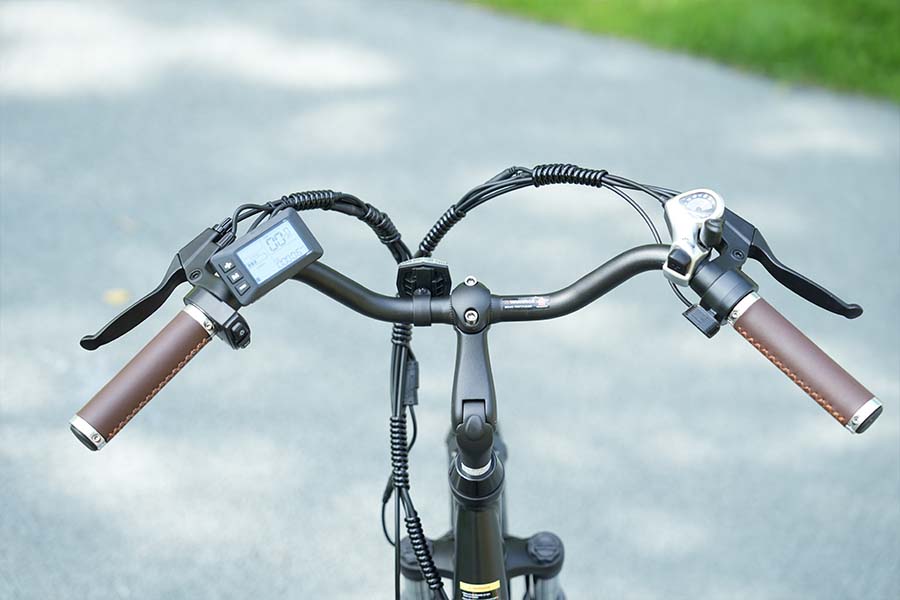
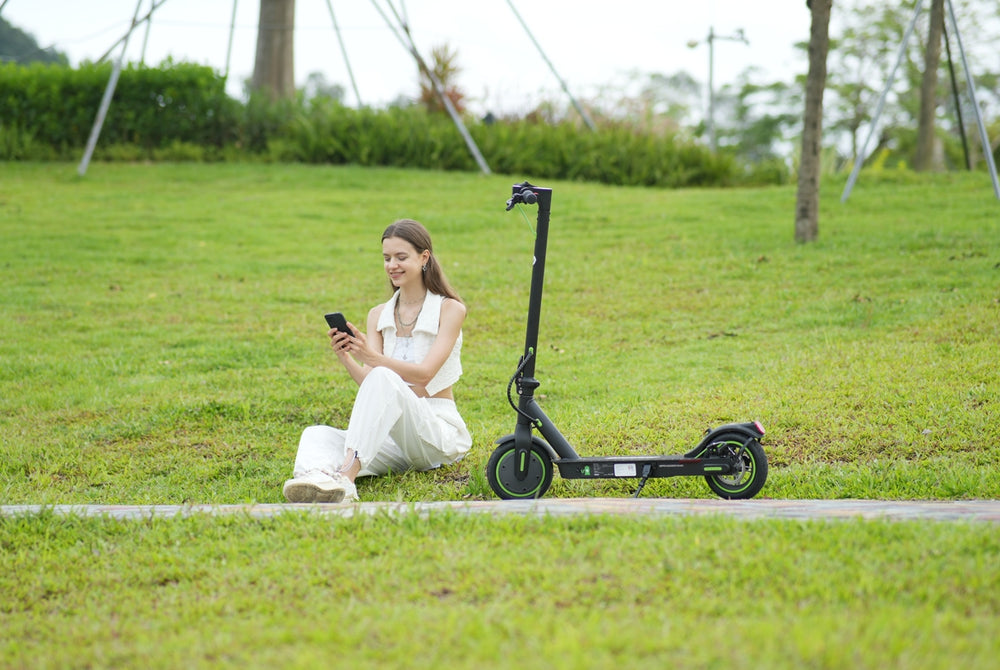
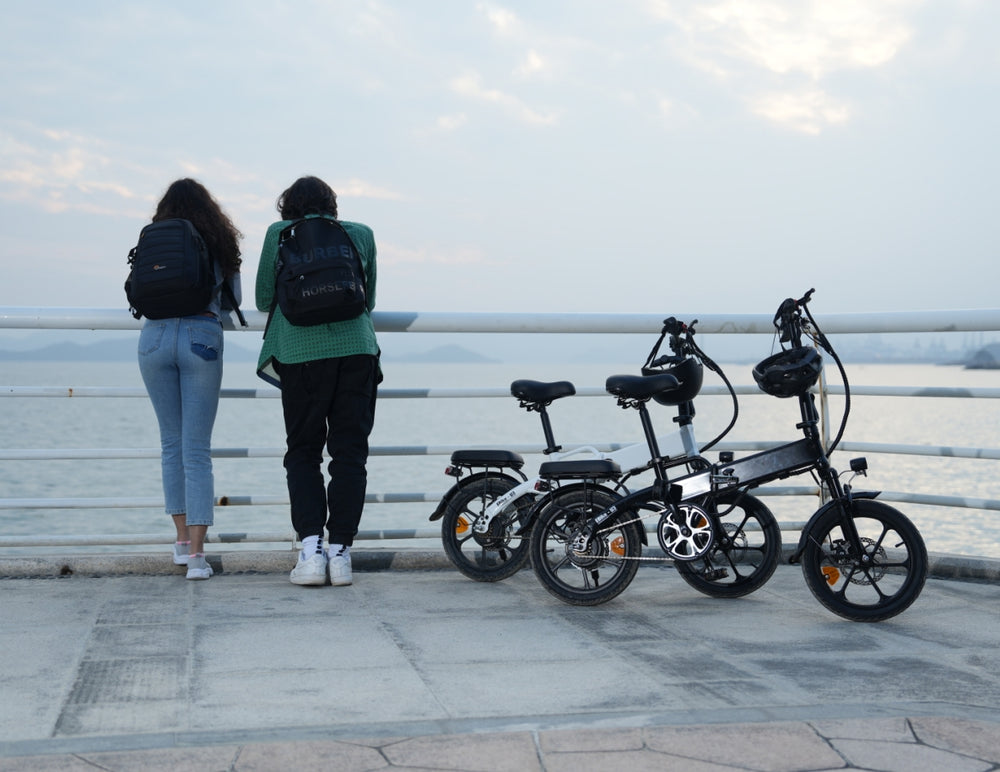
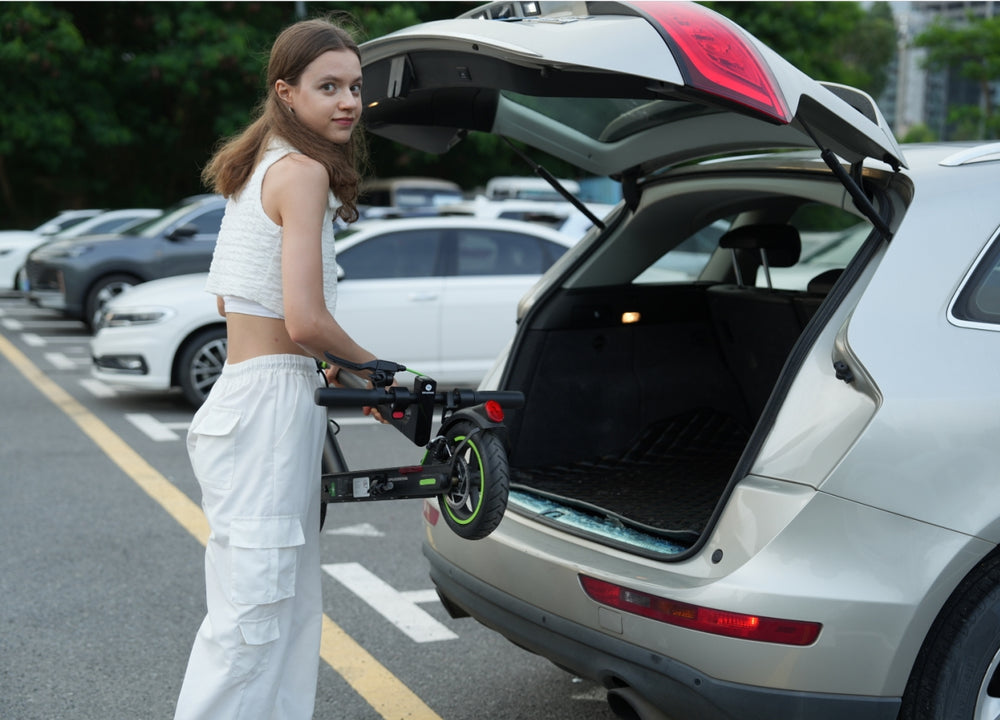

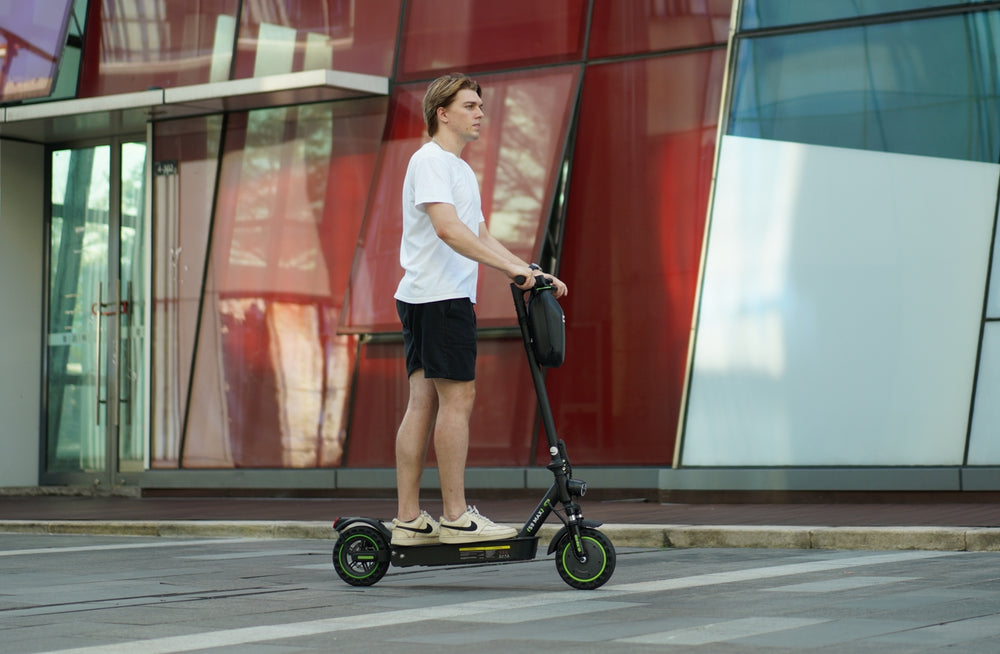
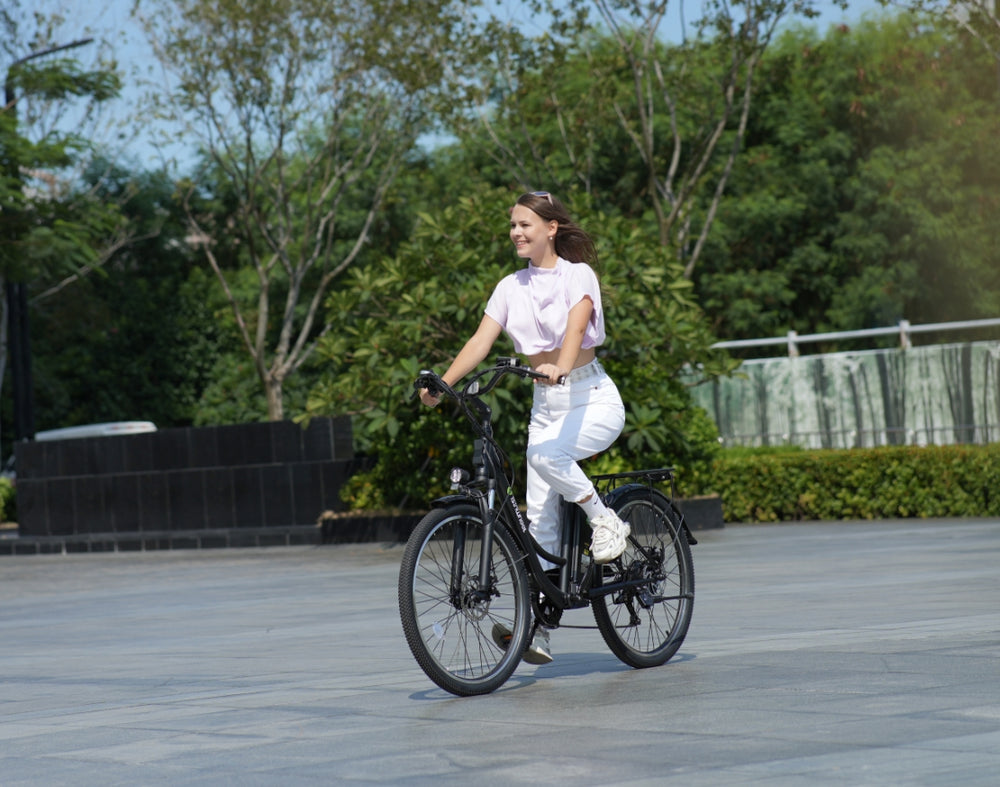

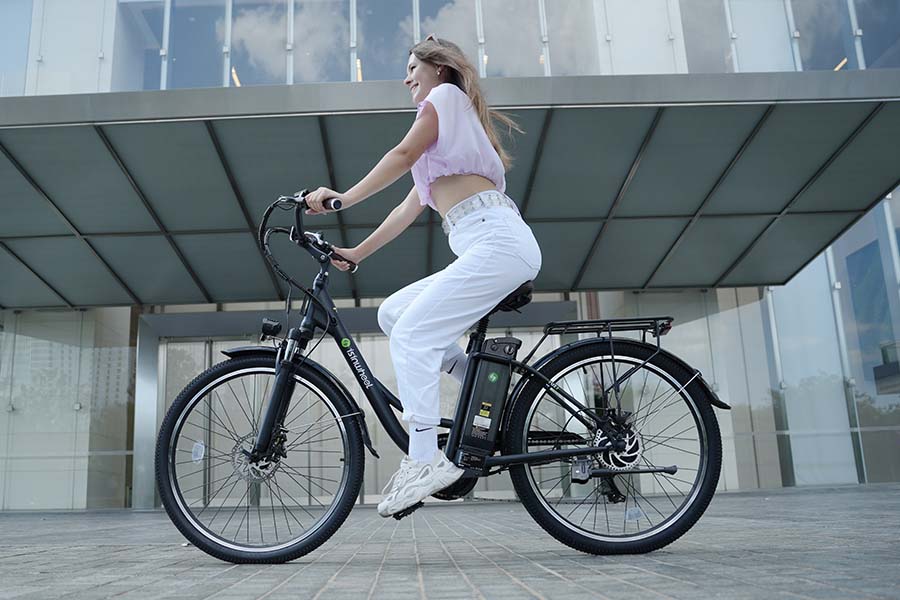
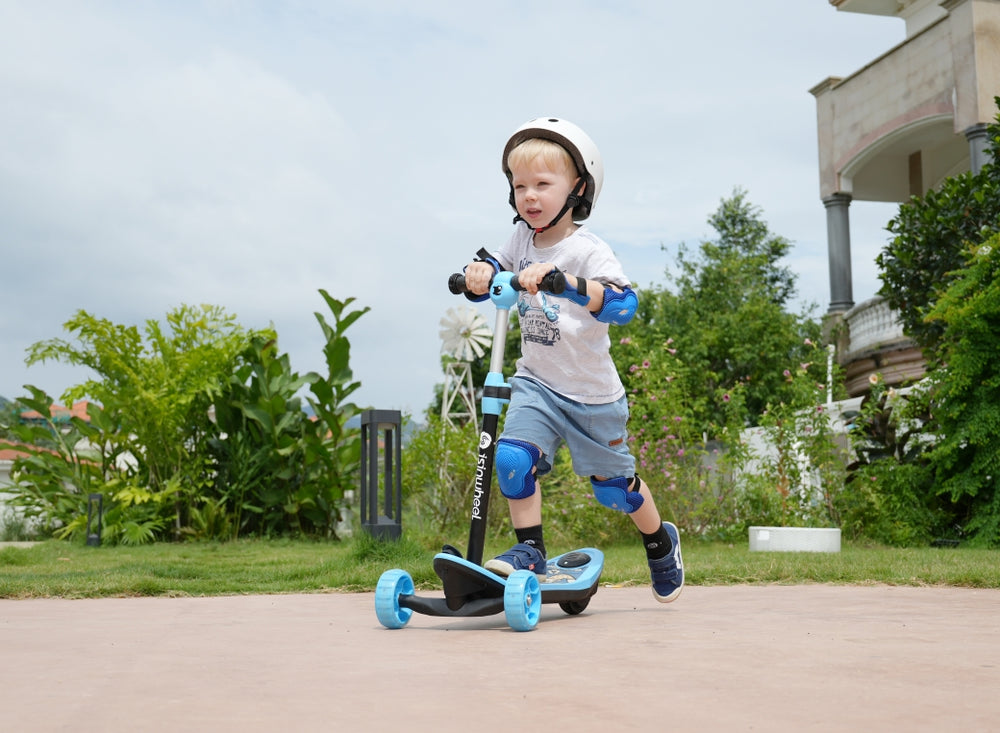

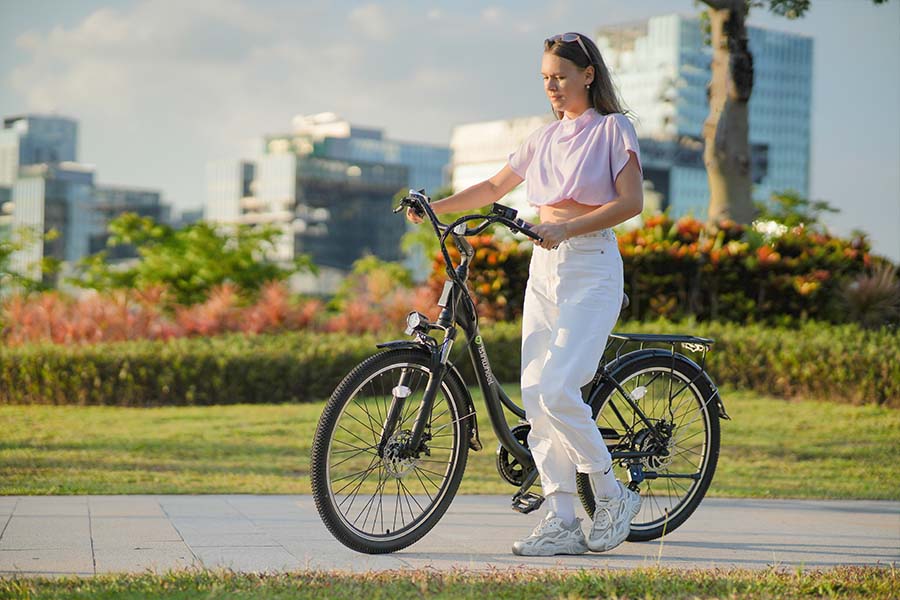
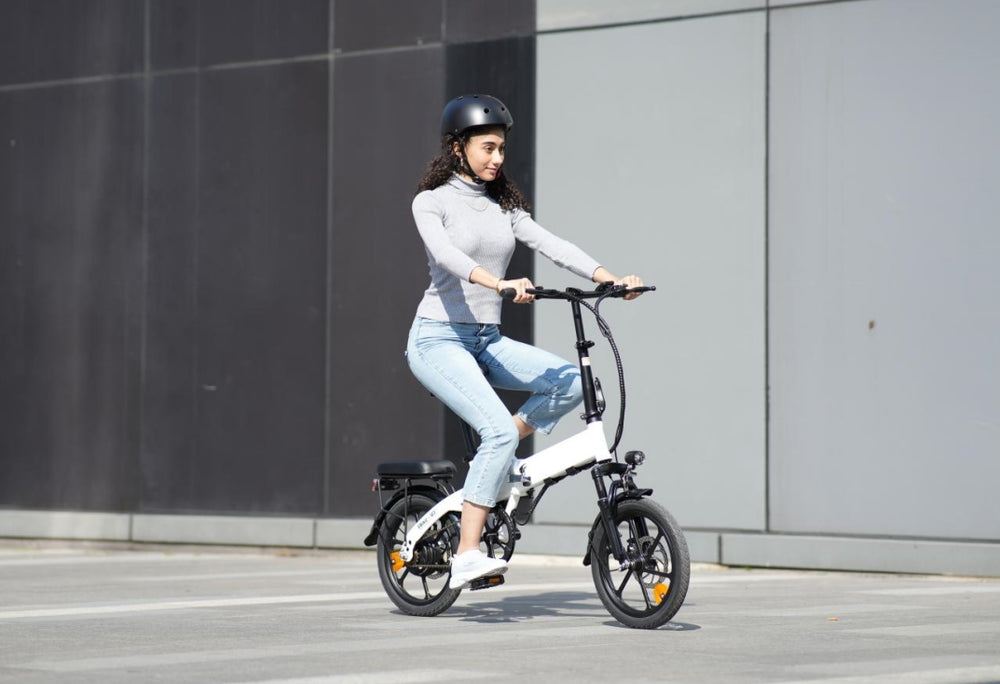
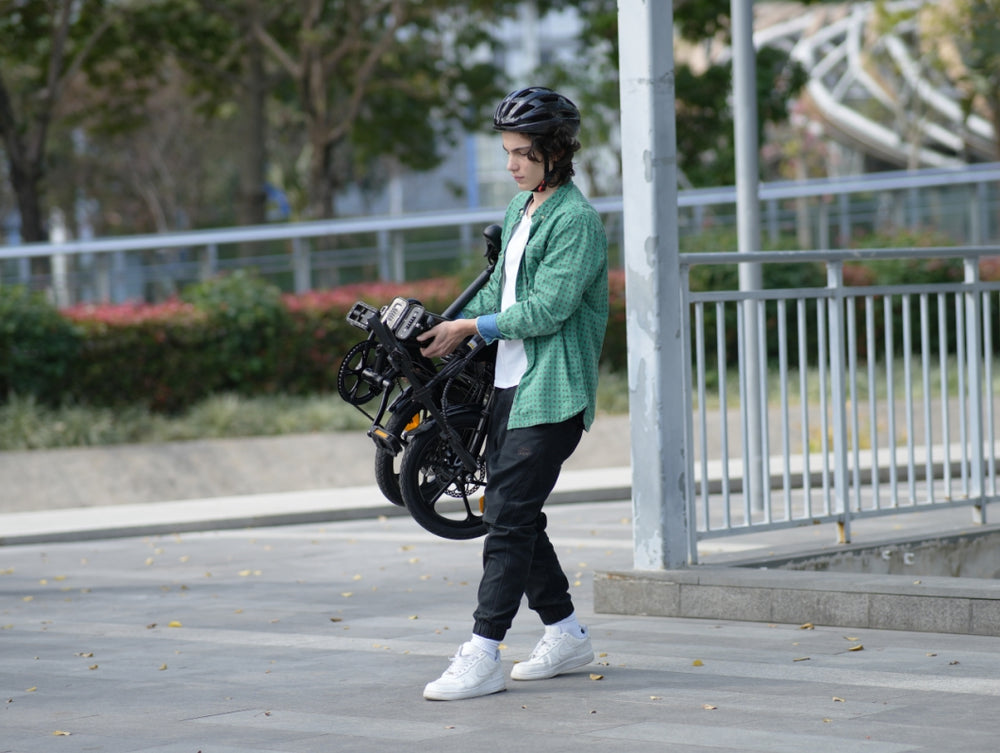
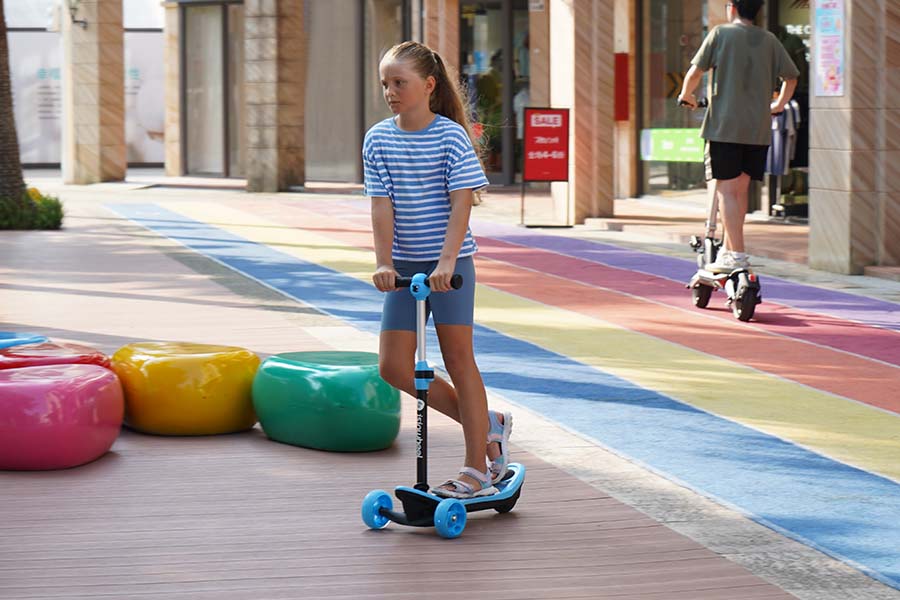

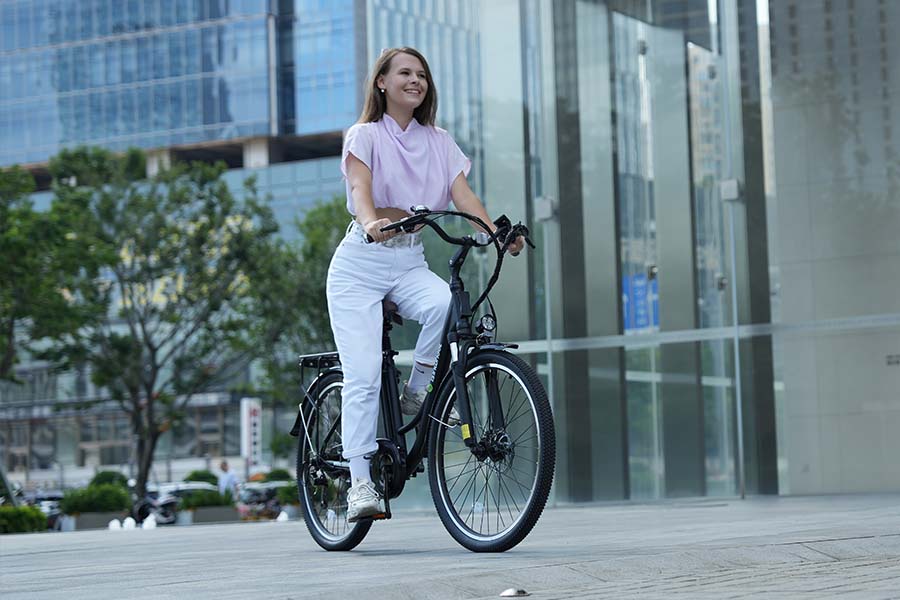

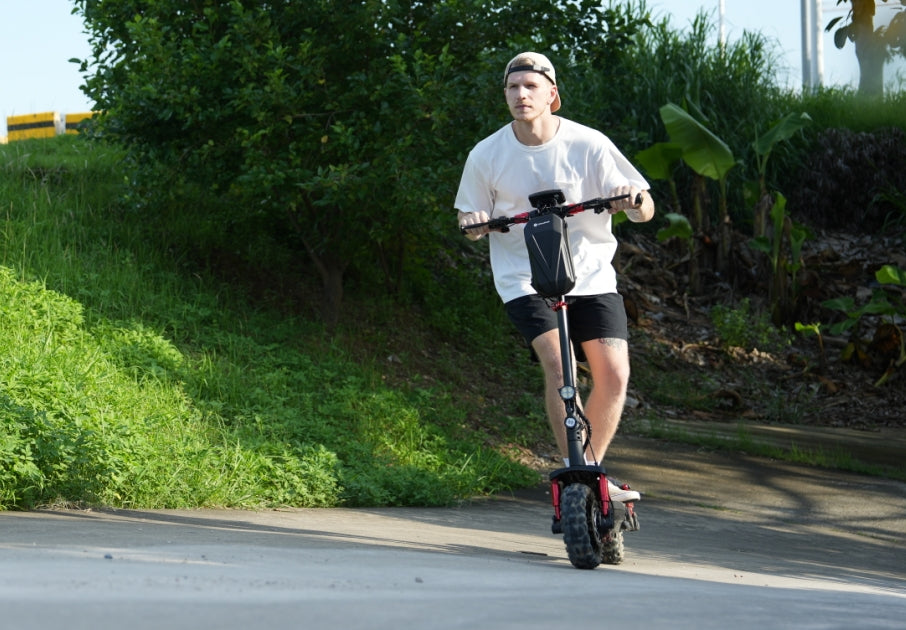
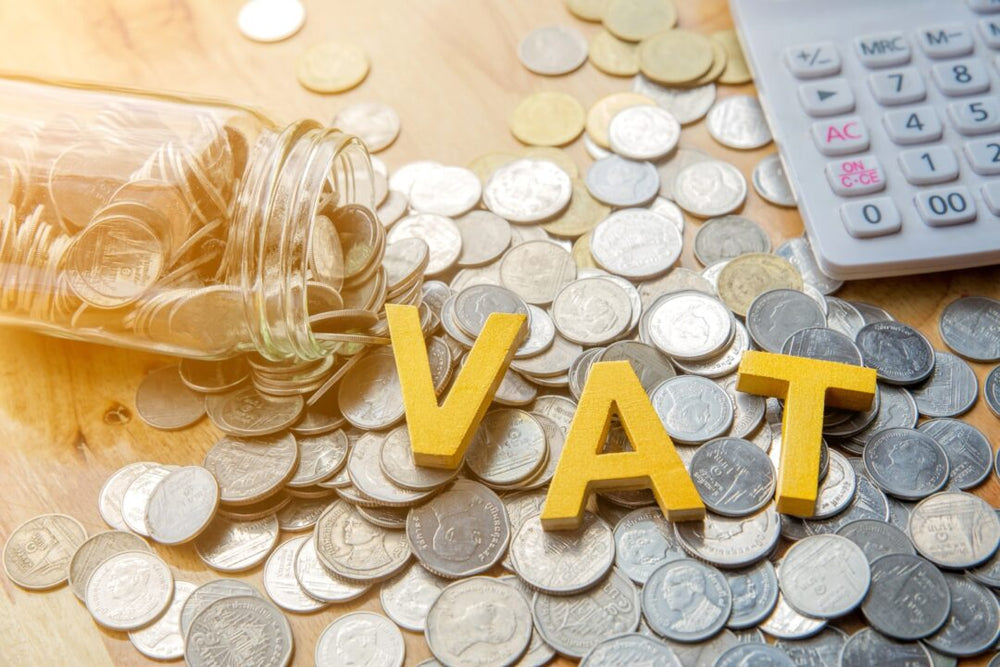
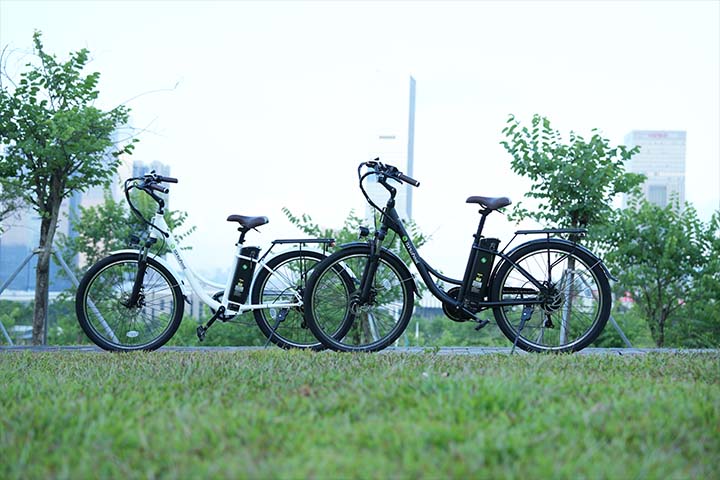

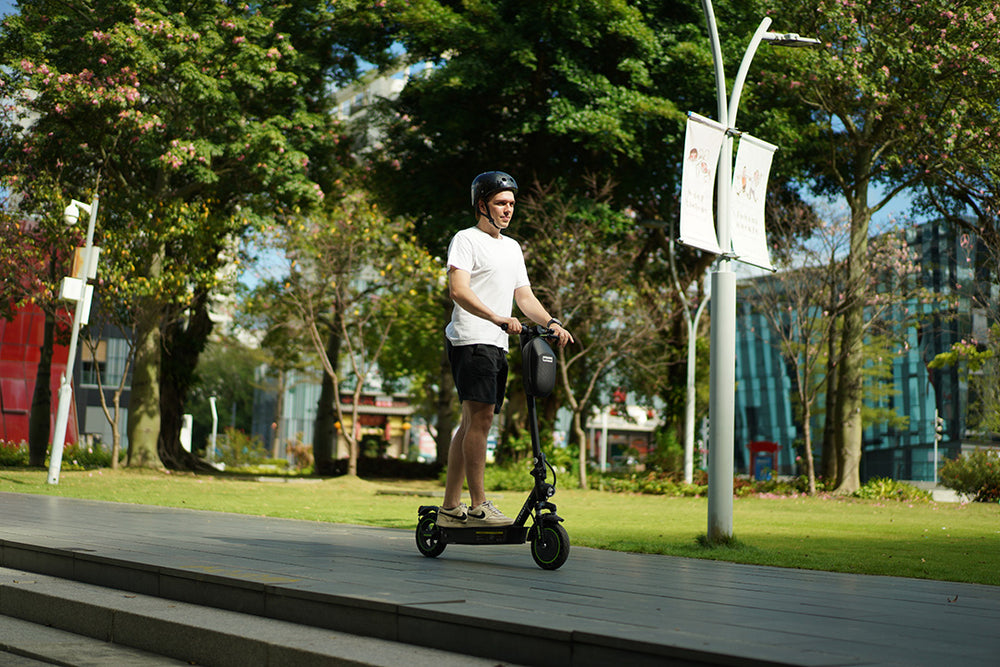
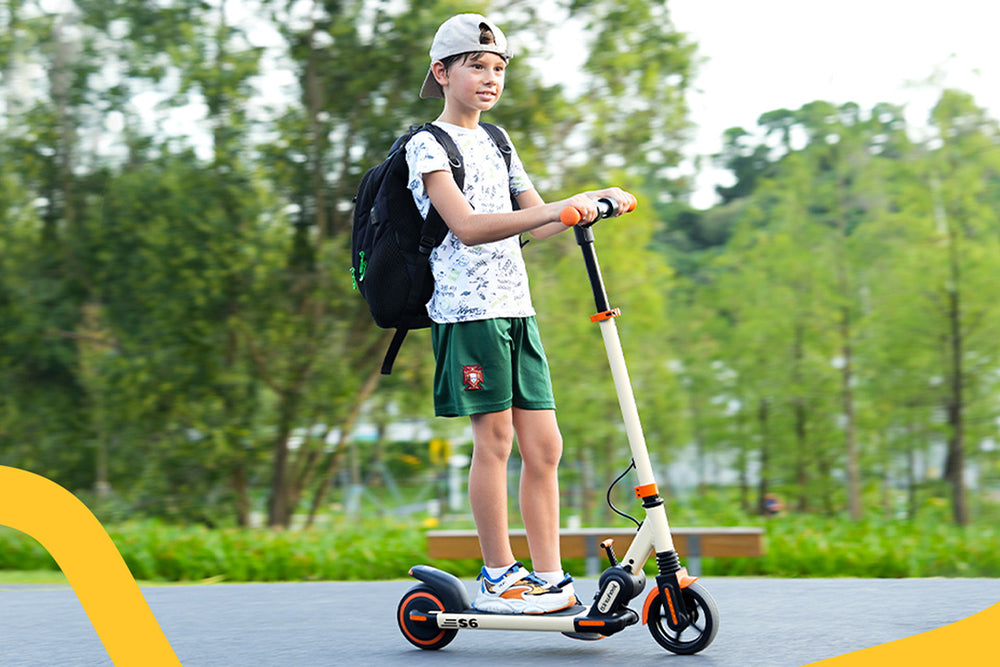
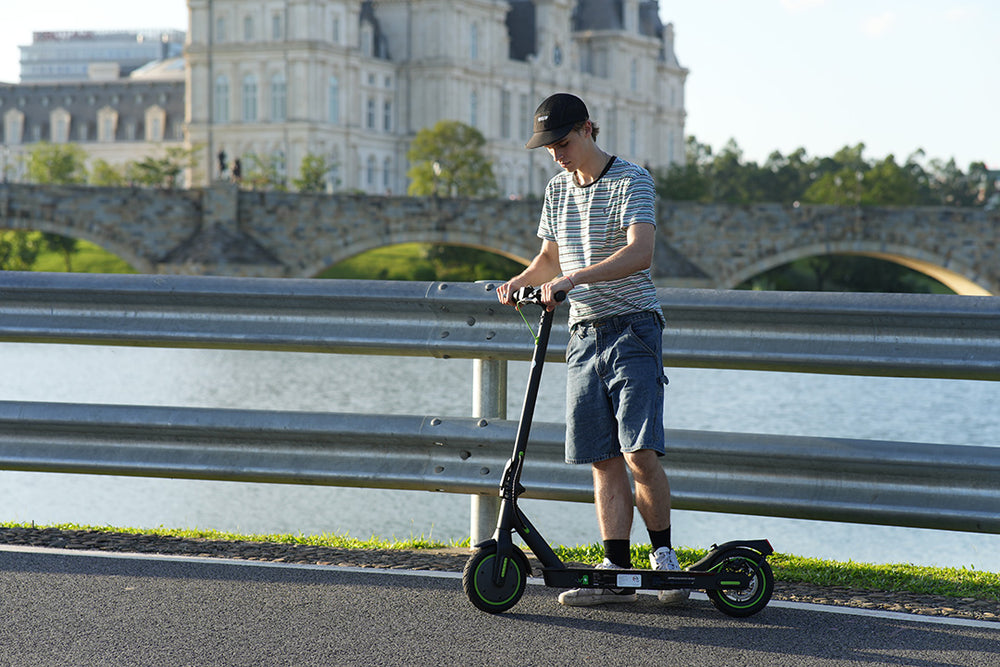
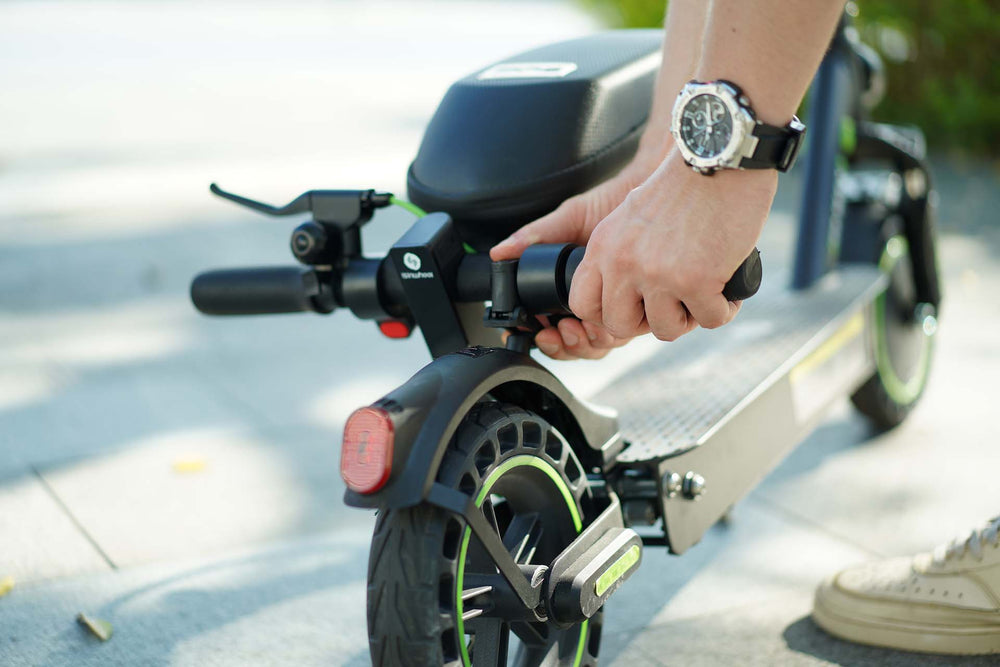




Leave a comment